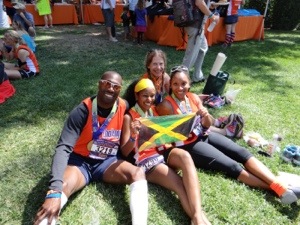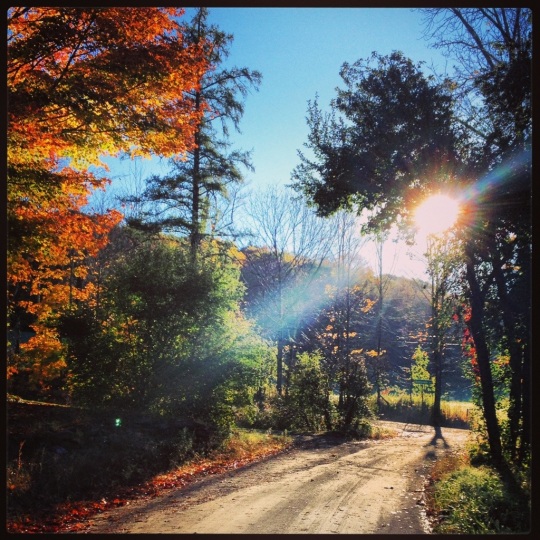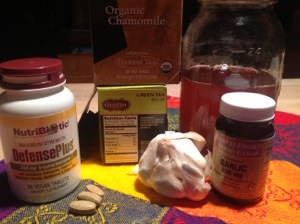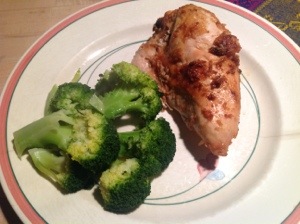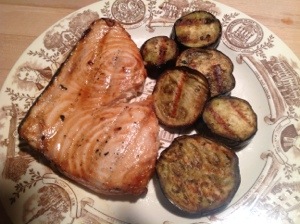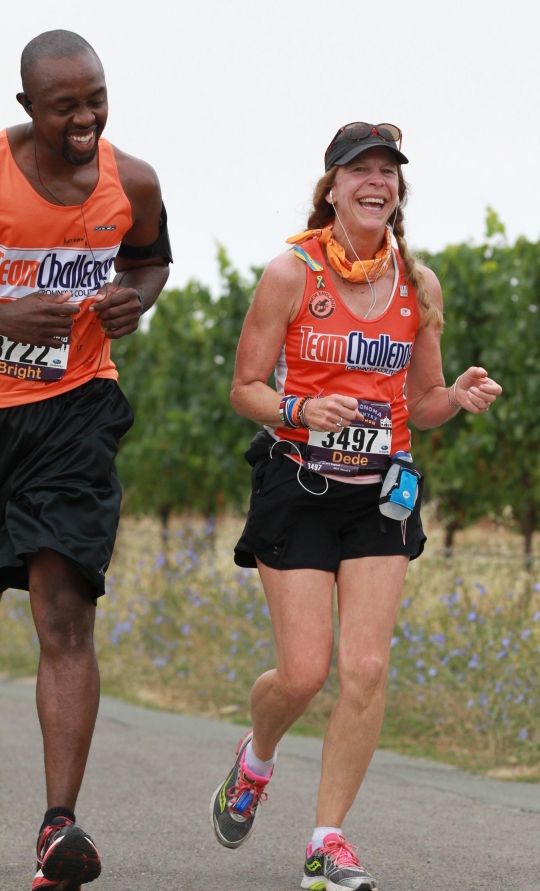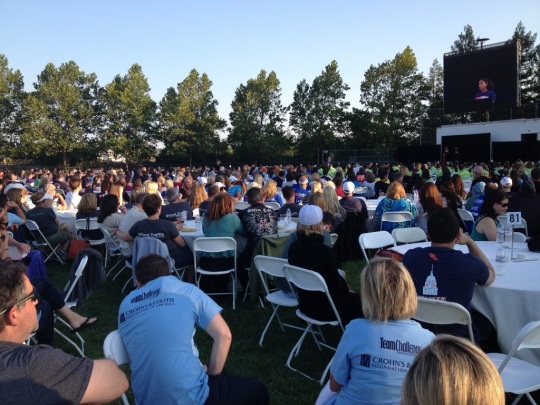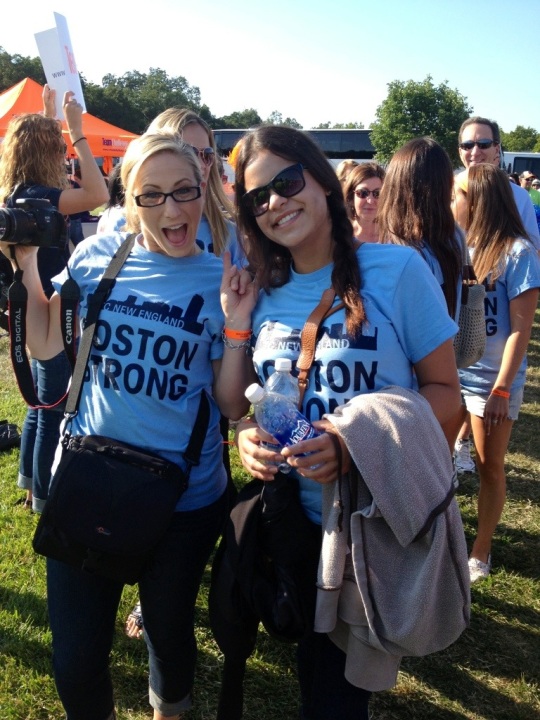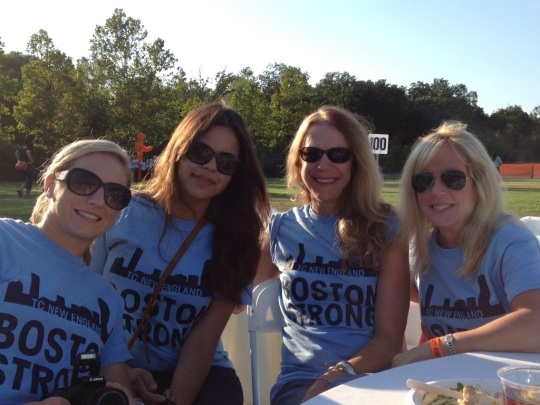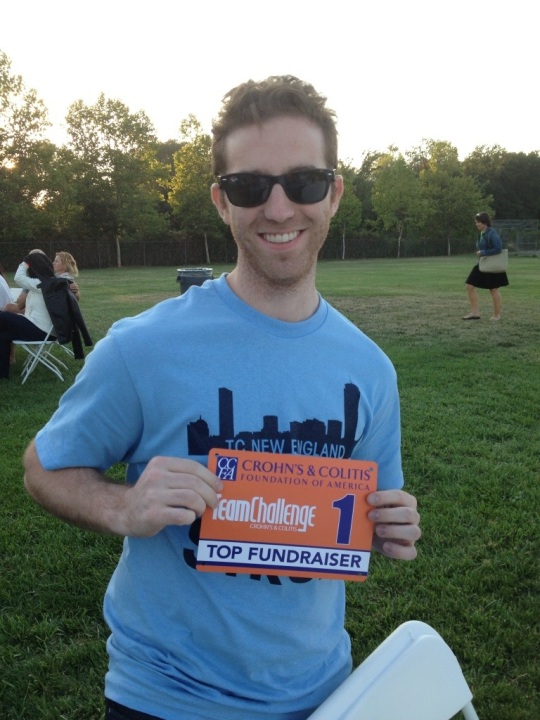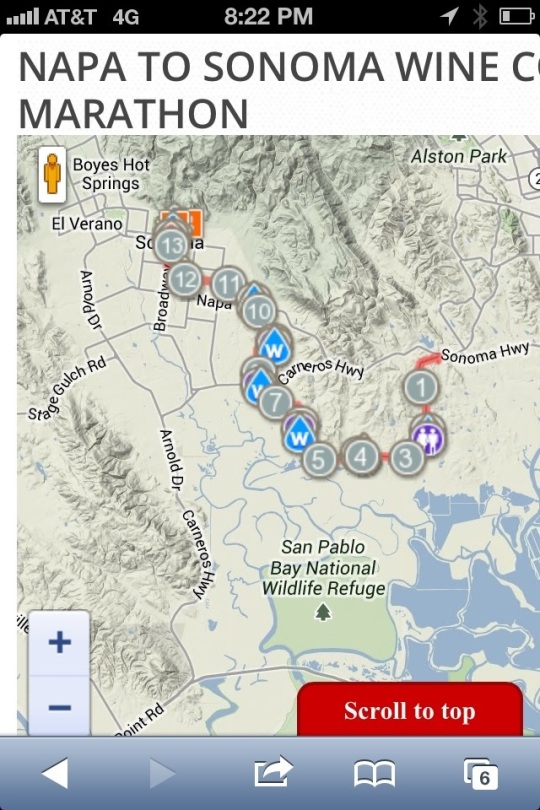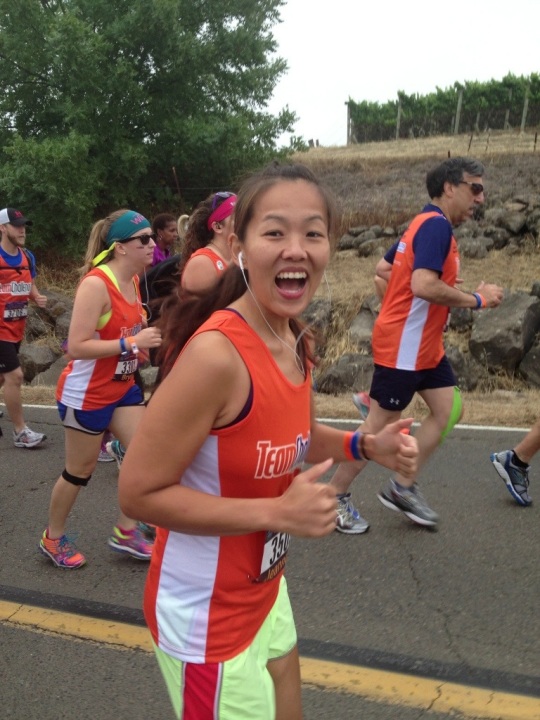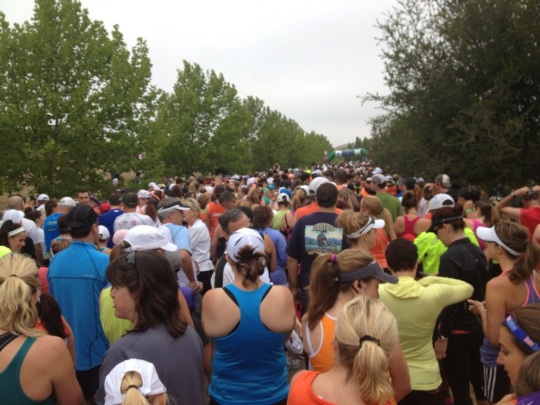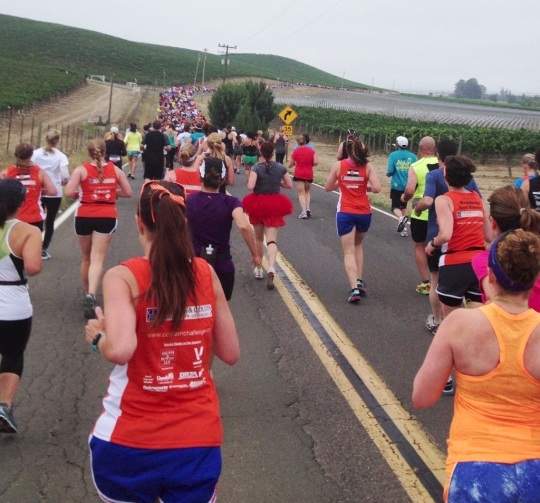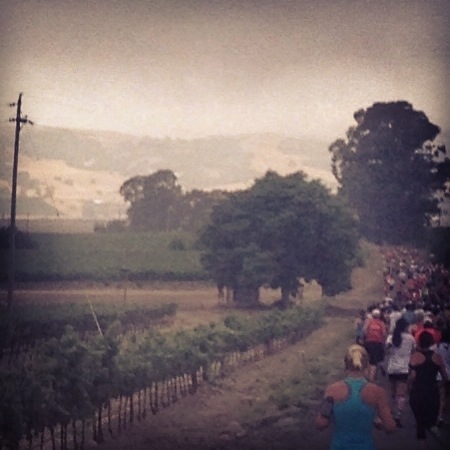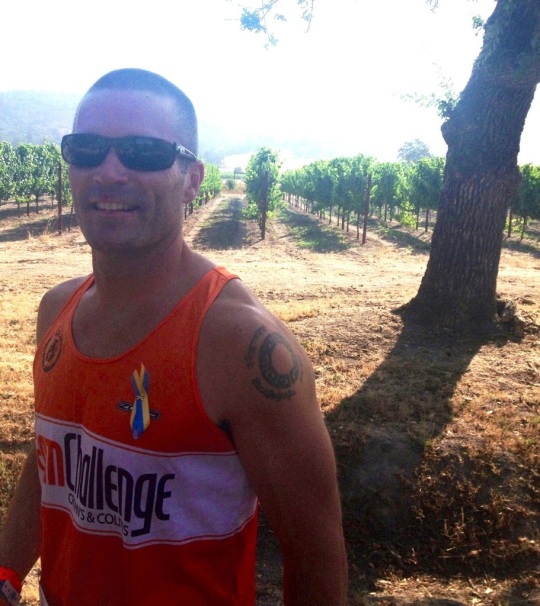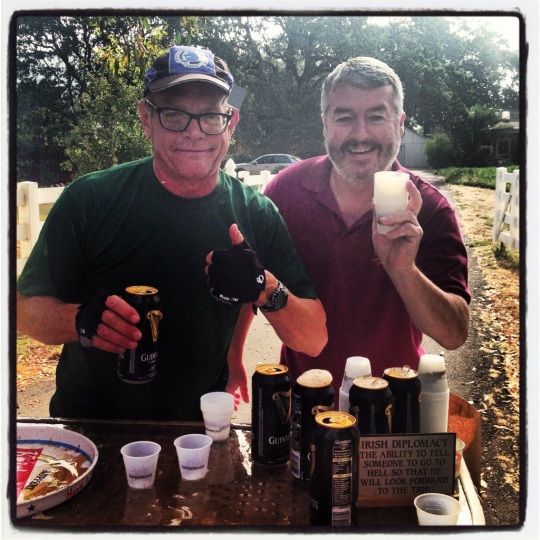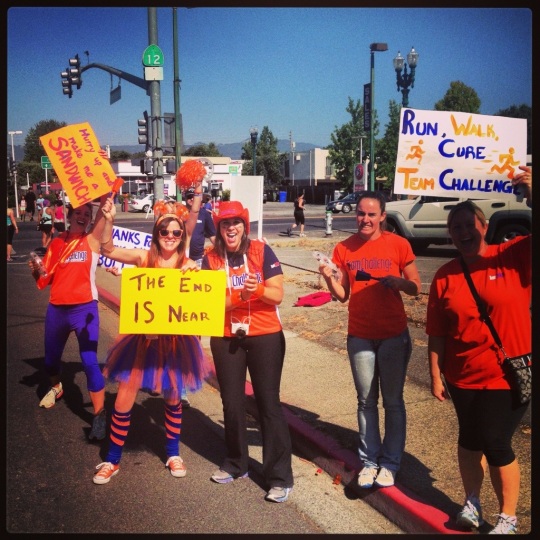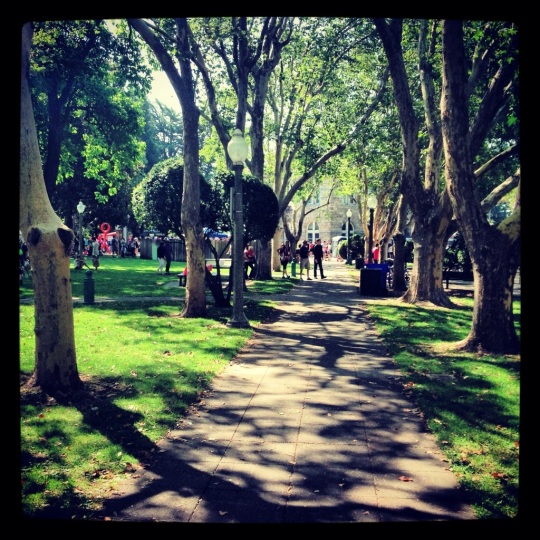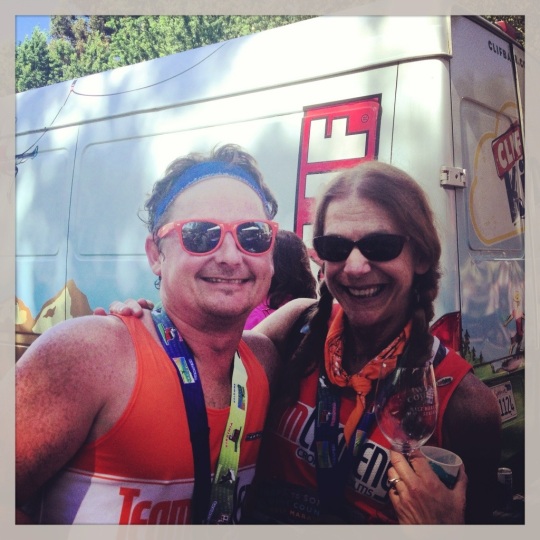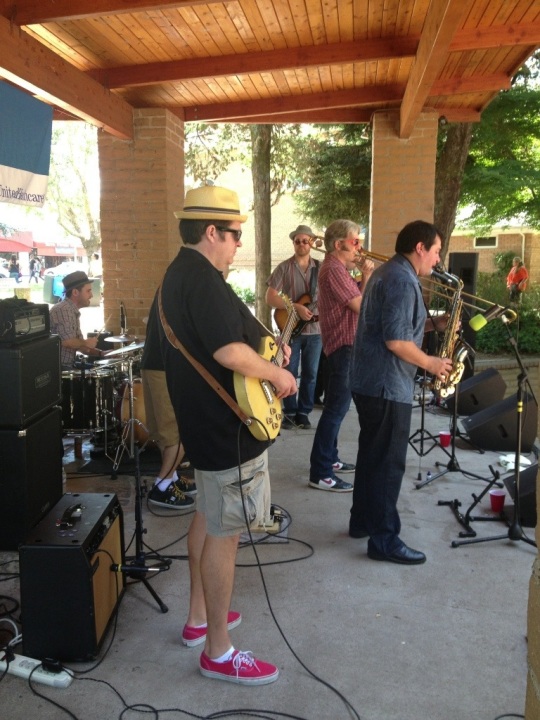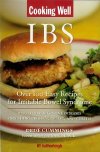Dear Fellow UC-ers and Crohnnie’s, Happy New Year!
One of the best resolutions for the new year that is underway, is to have a positive outlook!
I know, I know, sometimes it is really HARD to have that when you feel lousy, but our community that has grown around the book, and the online network of Crohn’s, colitis, IBS/IBD, and other autoimmune disease is a supportive one. With that in mind, I propose a three-month guide to wellness. It isn’t a medical guide, and you should always consult your GI about doing anything dietary or herbal, or even lifestyle changes.
As usual, start with moderation, and keep a daily journal — not just about the food you eat, but what you do, how much you exercise and for how long, when you have acupuncture or massage, or have your period, or if you are exposed to anything potentially toxic in your environment—keep track of it all! Dede swears by this, and Jessie says she has patients that immediately start making connections (like, for example, maybe that whole bag of chips you ate the other day wasn’t such a good idea….). That said, here is the First Two Week GOAL. Take it slow, and modify as necessary.
1. See the change and believe in the change! Visualize optimal colon health daily. See yourself happy, active, and vibrant in your mind.
2. Proper Mealtime Habits—eat slowly, and take your time preparing, shopping, and don’t overeat, or try new foods during the plan.
3. Remove major dietary causes of inflammation—keep a food journal, and stay away from trigger foods! (For Dede it is wheat, sugar, and dairy—I know, hard to imagine life without dairy? Then switch to almond milk which is so good!)
4. Add only one supplement or herbal medicine, whichever best suits you. This may be an acute remedy for diarrhea, acidophilus, or any other supportive medicine—for example, Dede started a new supplement, turmeric, which is a natural anti-inflammatory. She takes two capsules daily, and tries to cook a curry dish once a week or so.
5. Herbal teas: pick one of the teas that best fit your needs and drink daily. Dede drinks Peppermint! Also Chamomile is a good stress reducer. Add honey for sweetening, as you like.
6. Take it slow and easy. Be kind to yourself, and ask for help!
Happy New Year!
From Dede and Jessica, and the LWCC group—we are here for you!
Email with questions to dede@livingwithcrohnsandcolitisbook.com
Or to Jessica Black, ND at
Jessie@livingwithcrohnsandcolitisbook.com
Sam, Sherri, Dede, and Saskia at the end of the CCFA’s Nape to Sonoma Half Marathon last summer—we were all tired but elated to have finished, and raised almost 2 million dollars for IBD research for the CCFA.org.
Follow Saskia’s blog—she is an inspiration to us all!
It is amazing how much a positive attitude can help. In our book, there is a section when I am despairing and a doctor comes and sits with me and holds my hand—no kidding! He said, “Think positive.” Well, on that note, I want to write a post today about that and helping the body adjust to the changing season and of course living with IBD in general. I also want to share the news that I am writing a cookbook, called Living with Crohn’s & Colitis Cookbook (good title, too!)…my publisher is the wonderful Hatherleigh Press, which is distributed by Random House. I couldn’t ask for a better team! Publisher, Andrew Flach believed in this book from the very start, associate publisher, Ryan Tumanbing is always there when I need things, and my editor, Anna Krusinski is da Bomb!
My book with Jessie is a good overview and a way to understand how the body chemistry and immune response works. I am not denying the benefits of medication, but we do offer an alternative, and if you are someone who has to stay on meds, you can do both—no matter what, it is important to keep the body tuned and in a balanced state of homeostasis.
Getting a full work up from a medical professional is the first step—go to a specialist at a GI clinic (Dartmouth is the best in my area), and have a colonoscopy, blood work (really important as many patients are anemic due to blood loss, or low in B-12 as in my case), a physical exam (a patient will no doubt be embarrassed by this like I was, but this is a very important exam because the doctors can determine a lot when they examine the anus and rectum, and palpitate the abdomen—they could feel the mass in my case), and what is called enterography: a MRI or CAT scan (I don’t recommend CAT scans too frequently for younger people) will reveal areas of disease inflammation.
Crohn’s typically presents in the lower right abdominal quadrant (often confused with the appendix!) of the small intestine, but it can strike anywhere from the mouth to the anus. Colitis presents throughout the large intestine only. Crohn’s really cannot be cured, and has a tendency to skip to infect the next section of the bowel even after the diseased section has been removed (as in my case). Colitis can be cured through surgery if nothing else (drug therapy or naturopathic-holistic-alternative) works. They take out the large colon, and connect the stomach-duodenum-small bowel through a J-pouch internally, or an external ostomy bag. Not a great thing for anyone to have an ostomy bag; however I have met many people with colitis who don’t mind the bag at all, and love the fact that they are pain-free.
The Crohn’s & Colitis Foundation of America is the best organization! I love everyone there, and run in their half marathons with Team Challenge to help raise money for research; plus it is a community of fellow patients, young and old, and we are a surprisingly close-knit group. Join, and sign up for a walk and a support group (they even have a new college group!) as soon as you can.
The other thing to do, is have a poop sample tested (this is no fun, but can tell a lot—bacterial infections, or something called C-Diff). In addition to going to a GI clinic, make an appointment for a work-up with a recommended naturopath, a trained naturopathic physician with a four-year degree from a well-known college (Bastyr University, for example) and get right in there for a checkup and a plan of action. My naturopath did allergy testing to see if there were specific foods (most common culprits are wheat and dairy), that I needed to eliminate, and she ordered an endocrine hormone test to see if I may have had a hormone imbalance.
I also give a lot of credit to my acupuncturist who is trained in Chinese medicine, and I go once a month. It is all in our book, but make sure you stay on top of the disease and get regular check ups with your medical doctor to rule out any other complications. I had a dangerous abdominal fistula, that didn’t show up on the CAT scan and was attaching itself to another organ—sorry to bring in the drama, but IBD (Inflammatory Bowel Disease) can be life threatening. No question, it is vitally important to be proactive, especially as a parent.
My weight was so low, I was dangerously thin—ironic, because our society places such status on being thin! I am now a healthy 140 pounds, and I work hard every day to stay healthy. Once I get busy with work, and let things slide, I start to feel run down… I can tell right away! Being in tune with your body is very helpful—keeping a food and daily journal, getting some good private counseling, and doing stress reduction exercises (Tai Chi or yoga) daily is also a big part of managing the disease.
I think I have covered the basic tenets of my book with Dr. Jessie. Oh, one more thing, join the online groups— http://www.ihaveuc.com, and The Crohn’s Journey Foundation for starters, also Intense Intestines, Girls With Guts, the Crohn’s Forum, Healing Well, and others. We are a strong and awesome group—always there to support each other! Let’s face it, the doctors are so busy, they can’t spend and hour with each patient, and it is the patients themselves who are doing great research and offering support. If a doctor tells you stress or diet have nothing to do with IBD, find another doctor! Oh, and second opinions are a good plan as well.
I have eliminated SUGAR, and ALL grains from my diet and ALL dairy. It is awesome! I feel so much better… I eat baked chicken or grilled fish, locally-raised, antibiotic-free, grass-fed hamburger steak once in a while when my body craves red meat, all served with yummy vegetables on the side and tons of fruit and nuts and eggs… I take extra calcium-magnesium, along with daily probiotics, turmeric, Omega 3, Vitamin D, herbal adrenal support, extra vitamin C, and a good multi-vitamin (I buy only organic food and supplements—it’s more expensive, but then I don’t spend a lot of money on clothes and makeup!).
So that is the basic overview—I am always there for my readers, and want to offer as much support as possible!
Oh, this just in, Dede will be on The Doctor Oz show this coming Monday, October 14th, in a spot on how common bloating is. They found me through the Crohn’s-Colitis book on “Help a Reporter Ou”t (HARO), and asked me to show how hard it is to buckle my jeans when I am bloated, which is what “used to happen” when I ate too much dairy or wheat…now, I don’t have bloating much AT ALL! Watch the segment if you want a laugh 😉 as “laughter is the best medicine.” I don’t mind embarrassing myself to help others…
Be well, and take care of yourself… don’t be afraid to ask for help!
Dede
Below, you can see some recent dinners… My husband and I have a grill we use a lot, and here you can see grilled marinated swordfish (fresh ginger root, white wine, wheat-free tamari, lime, and a dash of brown sugar for the marinade and let sit for a half hour before grilling) with grilled garden-fresh small eggplants (some people may have trouble with seeds…always introduce new foods slowly and note the reaction by your body in your journal right away….like I tried polenta this summer….noooooo! Not good for me, but may not bother someone else—we are all different!), and baked chicken with a sesame glaze (it was so good!) and steamed broccoli.
On July 21st, Brattleboro, Vermont resident, Dede Cummings, ran the Napa-to-Sonoma Wine Country Half Marathon with Team Challenge New England to raise funds for the Crohn’s & Colitis Foundation of America (www.CCFA.org). This was her second Half Marathon with Team New England, and there were over 3,500 runners competing, with 672 from the CCFA.
Cummings ran to raise research funds for the CCFA, whose mission is to find a cure for Inflammatory Bowel Diseases and improve the quality of life of the 1.5 million American adults and children who suffer everyday, with a time of 2-1/2 hours and she placed in the middle of the racers on race day.
Since she is from Vermont, she ran with Team Challenge from New England, and the group wore “Boston Strong” T-shirts. Team New England raised the most money of all the teams, over $400,000. The total money raised for the event was over $2.4 million dollars of which 80% goes to research. There were teams from across the United States, running to raise money for the Crohn’s & Colitis Foundation of America.
Cummings also ran for Ryan McMahon, a former team challenge runner who was injured in the Boston bombing. She is now part of a group called Run for Boston (#runforboston), which is motivated to raise awareness for running as well as for the increase in inflammatory bowel disease worldwide.
According to Cummings:
At mile 12, we turned right and entered the small city of Sonoma. At this point people were lining the street, and urging us on, which was great. Both of my calves cramped up pretty badly, and I was kind of nervous. I could see the finish line ahead of me, and I thought I might have to sit down and not finish! I have to admit, I did get a little choked up when I crossed the finish line, and I felt really proud of myself for living with Crohn’s disease, yet still living my life to the fullest even after surgery to remove a portion of my small and large intestine.
She is still trying to make her fundraising goal—with an extension until August 21st.
The website address for on-line donations is: http://www.active.com/donations/fundraise_public.cfm?ckey=napaNE13&force_a2=y&key=TCNE_Napa13DCummin1
Donations can still be made using this website,
or a check made out to CCFA can be mailed to her
at 34 Miller Road, Brattleboro, Vermont 05301.
My second Team Challenge Half Marathon was a wonderful event! We arrived on Friday, and Saturday morning I met up with my old college roommate, and we went out to Point Reyes National Seashore.
The night before the race, we had a pasta party, and two inspirational speakers living bravely with IBD (inflammatory vowel disease) spoke— Saskia Madison and Michael Ginzberg. Since I am from Vermont, my state is too small to have a state team, so I am on Team Challenge from New England. We wore our special “Boston Strong” T-shirts. Team New England raised the most money of all the teams, over $400,000.
I also ran for Ryan McMahon, a former team challenge runner who was injured in the Boston bombing. I am part of a group called Run for Boston (#runforboston), and I am motivated to raise awareness for running as well as to raise awareness for the increase in inflammatory bowel disease worldwide.
There were teams from across the US to raise money for the Crohn’s & Colitis Foundation of America: 2.4 million was the total, of which 80% goes to research. I’m quite proud to be a part of this wonderful organization.
Race day, we got up at 4:30 a.m. to have breakfast and meet the bus to take us to Napa. We all congregated at a wine vineyard there — and there were over 3,500 runners—630 were from all the Team Challenge state chapters.
Before the start, people lined up along the vineyard road, and when the gun went off it took a long time to get moving — especially back where I was pacing myself at 11-12 minute miles!
We finally got moving, and took a left for the first leg of our route that went uphill pretty steadily for around a quarter mile. At the crest of the hill, I was amazed to see a long line of brightly-clad runners as far as the eye could see.
On either side of the road and the mass of runners, there were rows and rows of grape vines. In the distance, as the morning fog was rising, I could see the Mayacamas mountain range rising up from the floor of the Napa Valley.
There were mile markers, and water stops along with port-o-potties along the way. It was so pretty with the grapevines, and some beautiful old wineries, that didn’t really seem too arduous.
By mile 6, I ate one of my Cliff bars, and started to feel a little tired. But they had live music, mocha shots, and Gatorade, so it wasn’t too bad.
I just kept a really steady pace, and I listen to a lot of music, and that really helped my motivation.
Around mile 10, there was a stand on the side of the road, and two men were giving away glasses of Guinness beer.
At mile 11, one of my coaches, Dave, ran with me for a while and that was wonderful. The coaches for team challenge are amazing!
Soon after, there was a place where you could get glasses of wine, and that was pretty fun, but I didn’t get any— for fear of getting a headache!
At mile 12, we turned right and entered the small city of Sonoma. At this point people were lining the street, and urging us on, which was great. Both of my calves cramped up pretty badly, and I was kind of nervous. I could see the finish line ahead of me, and I thought I might have to sit down and not finish!
When I was within a few hundred yards from the finish, a coach from Seattle named Chris came along and ran with me — he could tell I was really pretty exhausted.
He was very calm when he told me to just take it easy and run slowly to the finish line, and then walk it off, which I did.
I have to admit, I did get a little choked up when I crossed the finish line, and I felt really proud of myself for living with Crohn’s disease yet still living my life to the fullest.
I’m still trying to make my fundraising goal—I have until August 21st and it’s a great cause!
I met so many amazing people through Team Challenge, many of whom are a lot sicker than I am. It is really inspiring AND fun. I really recommend this!
Running my first half marathon, in 2010, for the Crohn’s & Colitis Foundation of America was one of the most awesome things I have ever done. I was very proud of myself, but I realized I was mostly proud of my fellow runners, my mentor and my coaches—an inspiring group! I felt secure and happy surrounded by fellow Crohnnies and uc-ers! We laughed a lot, and encouraged each other during the race (some were walkers, too). I remember at mile 11, one of my coaches, Kate Devlin, urged me on, and I thought I would totally give up at that point, but I wanted to RUN. The whole thing!
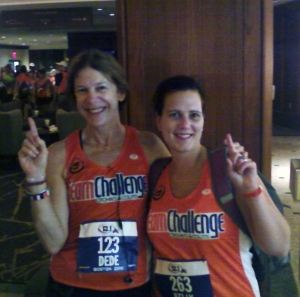 The funniest part of my first Half Marathon . . . I became friends with my CCFA-fellow team members in my hotel, and we nicknamed ourselves the “Wardrobe Malfunction Team,” because I only brought my daughter’s running shorts that were tiny and I could barely get them on, and my roommate, Kelly Jackson—a fellow Crohnnie–and I were in hysterics in the morning at 5:30 a.m. when we had to get ready for the race, as I was yanking Emma’s shorts on to try to get them over my hips! Well, I got the too-tight shorts on, and got ready to run.
The funniest part of my first Half Marathon . . . I became friends with my CCFA-fellow team members in my hotel, and we nicknamed ourselves the “Wardrobe Malfunction Team,” because I only brought my daughter’s running shorts that were tiny and I could barely get them on, and my roommate, Kelly Jackson—a fellow Crohnnie–and I were in hysterics in the morning at 5:30 a.m. when we had to get ready for the race, as I was yanking Emma’s shorts on to try to get them over my hips! Well, I got the too-tight shorts on, and got ready to run.
I did it (in something like 2–1/2 hours, but who cares—I finished and I did run the entire way). I met tons of people (there were over 5,000 runners!) who had serious cases of Crohn’s and UC. I will never forget how close we became and how they inspired me. I am thinking of doing it again…. DRUM ROLL PLEASE!!!!
NAPA to SONOMA, July 21st, 2013
My article was published this morning….
Kind of excited. Hope my fellow Crohnnie/uc-ers like it! I got some help from ccfa.org, too! I worked with editor, Travis Saunders, a PhD student researching the relationship between sedentary time and chronic disease risk in children and youth. He is also a Certified Exercise Physiologist and competitive distance runner.
I had a hard time finding studies that were recent, dealing with the impact of exercise on Crohn’s and Colitis. Research that I found shows that it does help, and I would love to hear from readers who have some things to add, or if there are problems associated with exercise and IBD.
Here is the link, and please comment, share, tweet it!!!
Obesity Panacea is an awesome blog, and I am trying to help promote it. Thanks!
Photo © 2012 “Mike” Michael L. Baird

